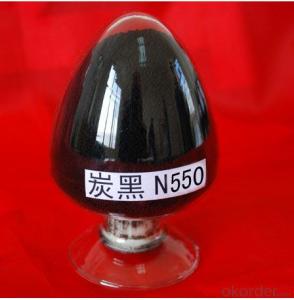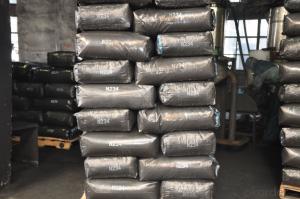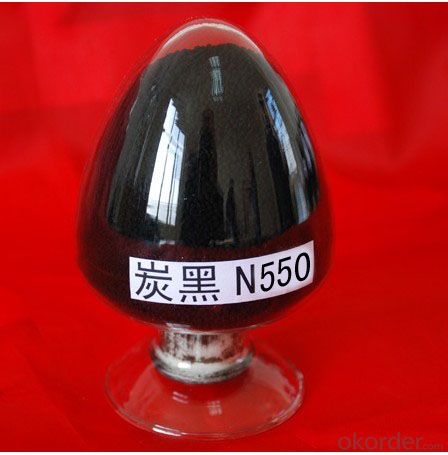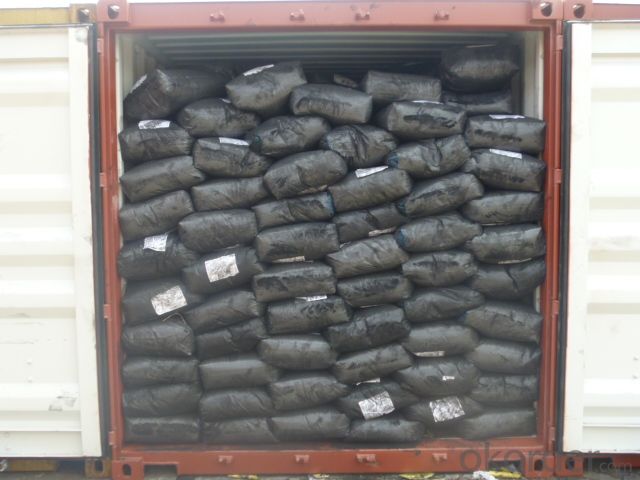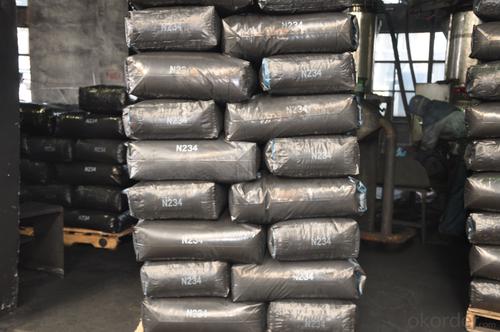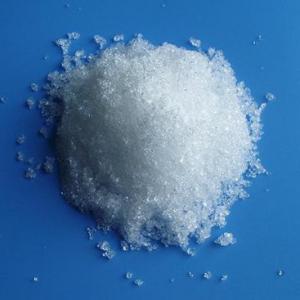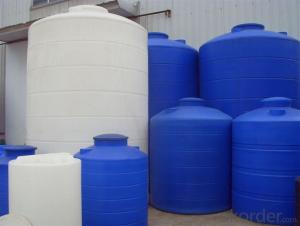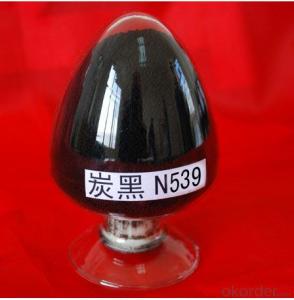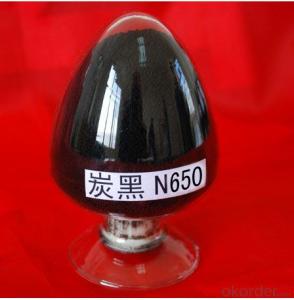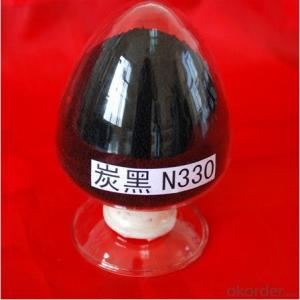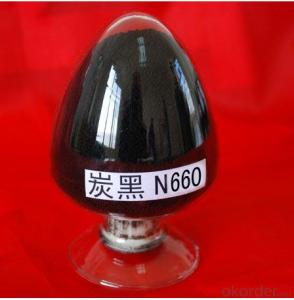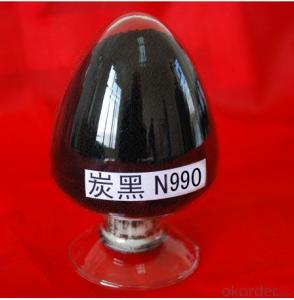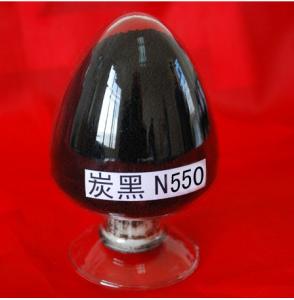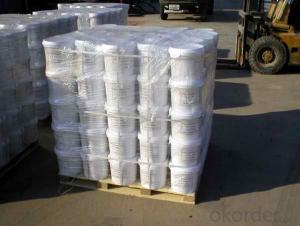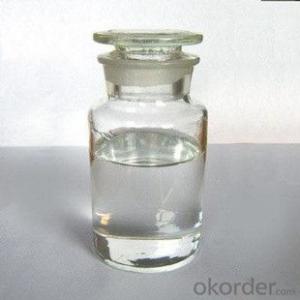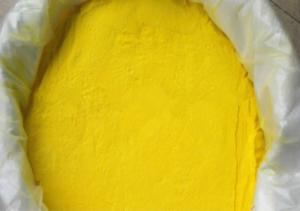Carbon Black N550 Granluar
- Loading Port:
- Tianjin
- Payment Terms:
- TT OR LC
- Min Order Qty:
- -
- Supply Capability:
- 10000MT m.t./month
OKorder Service Pledge
OKorder Financial Service
You Might Also Like
Carbon Black N550 (Granule)
Product Description:
We are a carbon black Group company and have three factories in Shandong and Shanxi province of China, and the big one have get ISO certification. Our carbon black is the best ten brand approved by China carbon black quality certification, and very popular in the domestic and international market. Our group has 100,000-ton annual output and 13-year production history. We can supply all the types you need from low to high standard. We trust we have ability to supply you high quality and competitive price for you.
Suggest for Use:
(1)uses for the tire ply, sidewall and the pressure out, calendered products rubber compound.
(2)The usage and to the FDA for natural rubber and various synthetic rubber, easily dispersed, can give quite a high of rubber, extrusion speed, pressure the surface is smooth, mouth-type expansion is small, vulcanized rubber high temperature performance and excellent thermal conductivity, reinforcement, flexibility, and better resilience. Mainly used in tire cord layer, sidewall and the pressure out, calendered products rubber compound. This product is best for the butyl rubber inner tube and used with the N660.
TDS of the Carbon Black N550
Product Varieties | N550 | Pouring density(kg/m3) | 320~400 |
Iodine absorption Value(g/kg) | 39~47 | 300%modulus(Mpa) | -1.9~0.1 |
DBP absorption Value (10-5m2/kg) | 116~126 | Ash content | ≤0.7% |
24Mn DBP(10-5m2/kg) | 80~90 | 45um sieve residue | ≤0.05% |
CTAB surface area(103m2/kg) | 37~47 | 500um sieve residue | ≤0.001% |
STSA/(103m2/kg) | 34~44 | Impurity | NO |
Nsa surface area(103m2/kg) | 36~44 | Fine content | ≤10% |
Tint strength(%) | ------ | Tensile strength(Mpa ) | ≥-5.0 |
Heatloss(%) | ≤1.5 | Elongation at failure | ≥-40% |
Safety:
As a matter of good industrial hygiene, gloves and safety glasses with side shields or better eye protection should be worn when handing Carbon Black ,For more information, refer to the MSDS.
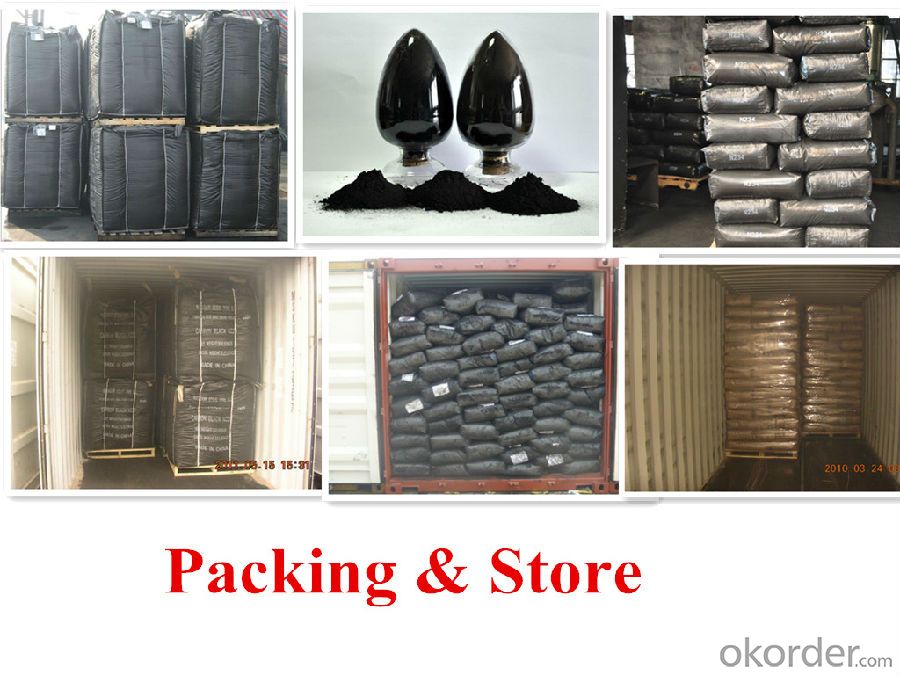


- Q: What are the pharmaceutical manufacturing companies now using PT / AL_203 catalysts?
- Yueyang Eagle Hill Petrochemical Plant
- Q: What is the principle of catalyst reaction rate in chemical reactions?
- Whether the chemical reaction can be carried out according to the change of free energy, but only according to the change of free energy can not determine whether the reaction can be completed, because the chemical reaction is also completed by the reaction of the energy barrier, that is, if the reaction energy barrier is high, To provide some energy, across the barrier, to complete the reaction. The energy barrier is called activation energy. And the role of the catalyst is to reduce the activation energy, so that in a relatively harsh environment, chemical reaction occurs.
- Q: What is the effect of the catalyst in chemistry?
- Changing the rate of reaction can speed up the reaction and slow down the rate of reaction
- Q: how could scientists know the exact catalyst for every reactions??? THANX sooo much
- Believe me, nema, there's no way that we chemists know the best catalyst for every reaction. That would be simply impossible. However, from the type of reaction, the reactants, products, reaction conditions, solvents, etc. and from one's experience and the literature (papers and patents) one can get a good idea for most reactions of the type of catalyst that has worked for similar systems. One then starts off with a catalyst from the literature and modifies or changes it if improvement is needed based on chemical principles that one learns. There are also some theoretical calculations that can be made. Sometimes they work and sometimes they don't :) If it is an industrially important process like the Haber process for making ammonia from nitrogen gas and hydrogen gas, there may be thousands of catalysts which have been tried and evaluated. New minor improvements are being made every day. When a company does find a very good catalyst for an important reaction, often they keep it a trade secret. The good catalyst can make a huge difference in how commercially successful a particular process is. That's a large part of what chemical engineers do. You may never know if you have the best catalyst. The most you can hope for is one that is good enough. So it's a few parts personal knowledge, a few parts literature, a couple of parts theory, a lot of experimentation and often, more than not, a little luck. :)
- Q: The role of catalyst in chemical reactions
- Negative catalysts can be used to control the reaction rate (such as some reaction too fast, instantly release a lot of energy caused by danger, you can join), common is the antioxidant
- Q: What is the reaction in chemistry?
- Industrial production of ammonia, ethanol, industrial synthesis of ammonia, ethanol catalytic oxidation, acetaldehyde oxidation into acetic acid, ethyl acetate preparation, the transformation of automobile exhaust, benzene substitution reaction and addition reaction, some other addition reaction of hydrocarbons, Ethanol dehydration to produce ethylene and so on
- Q: the process of which the heterogeneous catalyst work in vehicles. a step by step instruction in how they work. :)
- The Reduction Catalyst The reduction catalyst is the first stage of the catalytic converter. It uses platinum and rhodium to help reduce the NOx emissions. When an NO or NO2 molecule contacts the catalyst, the catalyst rips the nitrogen atom out of the molecule and holds on to it, freeing the oxygen in the form of O2. The nitrogen atoms bond with other nitrogen atoms that are also stuck to the catalyst, forming N2. For example: 2NO =N2 + O2 or 2NO2 =N2 + 2O2 The Oxidization Catalyst The oxidation catalyst is the second stage of the catalytic converter. It reduces the unburned hydrocarbons and carbon monoxide by burning (oxidizing) them over a platinum and palladium catalyst. This catalyst aids the reaction of the CO and hydrocarbons with the remaining oxygen in the exhaust gas. For example: 2CO + O2 =2CO2
- Q: Manganese dioxide can be used as a catalyst for various chemical reactions
- The reactor may be a reactant,
- Q: What are the catalysts?
- The catalyst is a substance that can change the rate of the reaction without changing the standard of the reaction Gibbs free, according to the definition of the International Pure and Applied Chemistry (IUPAC) in 1981, Enthalpy change. This action is called catalysis. The reaction involving the catalyst is a catalytic reaction. The catalyst will induce a chemical reaction to change, causing the chemical reaction to become faster or slower or to undergo a chemical reaction at a lower temperature The catalyst is also known as a catalyst in industry, and the composition, chemical properties and quality of the catalyst itself do not change before and after the reaction;
- Q: role of catalyst?
- In chemistry and biology, catalysis is the acceleration (increase in rate) of a chemical reaction by means of a substance, called a catalyst, that is itself not consumed by the overall reaction. The word is derived from the Greek noun κατ?λυσι?, related to the verb καταλ?ειν, meaning to annul or to untie or to pick up. A catalyst decreases the activation energy of a chemical reaction.
Send your message to us
Carbon Black N550 Granluar
- Loading Port:
- Tianjin
- Payment Terms:
- TT OR LC
- Min Order Qty:
- -
- Supply Capability:
- 10000MT m.t./month
OKorder Service Pledge
OKorder Financial Service
Similar products
Hot products
Hot Searches
Related keywords
